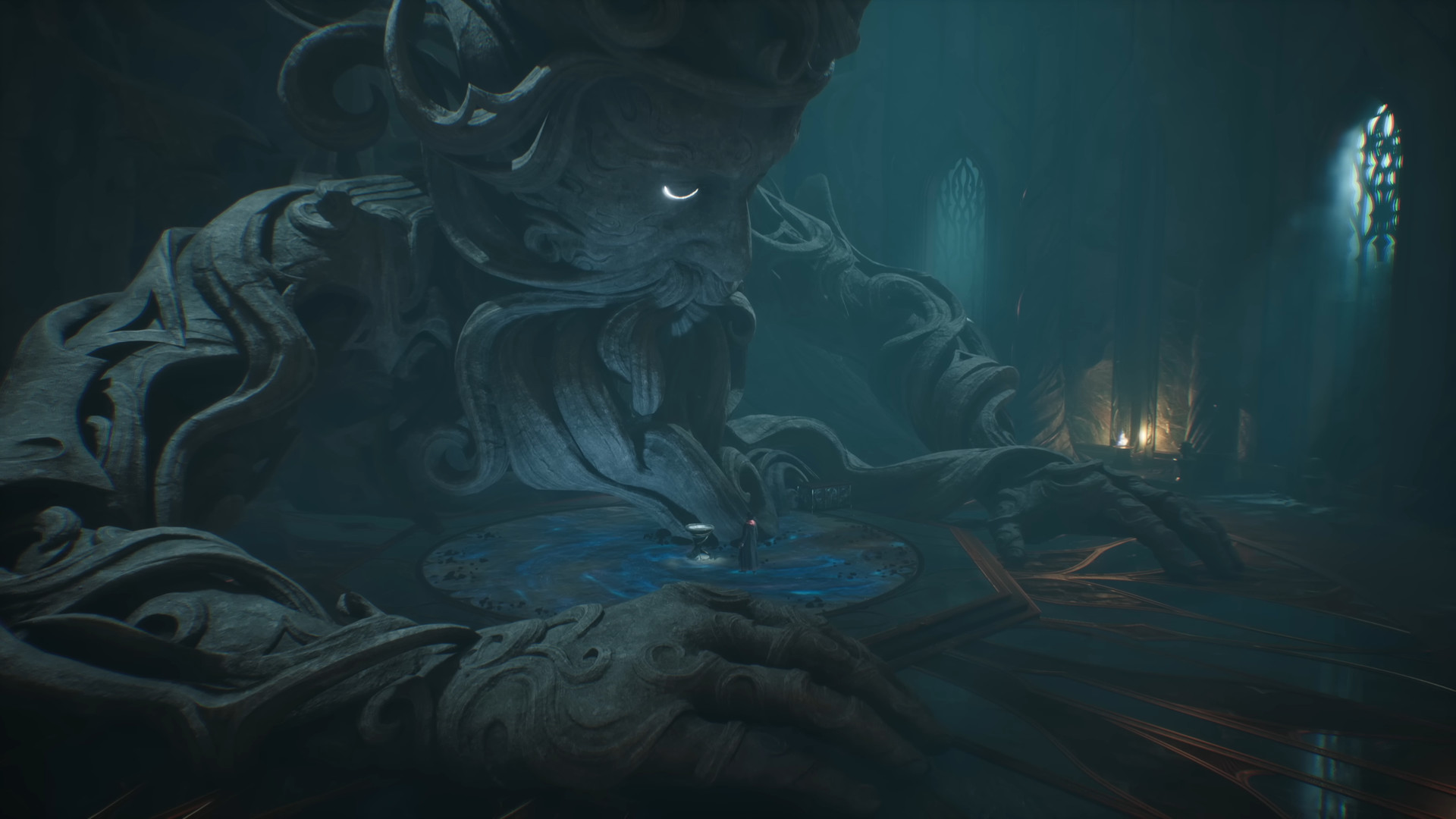Using the best Hogwarts Legacy settings can feel like casting a magic spell on your PC, providing a significant performance boost at seemingly little to no cost. Typically, open-world games are among the most demanding, so these options should help you maintain a more consistent frame rate as you explore everything Hogwarts Legacy has to offer.
Our Hogwarts Legacy review highlights that areas such as Hogsmeade and The Owlery can push your GPU hard, leading to noticeable fps drops. It’s important to check whether your rig meets the Hogwarts Legacy system requirements before looking to optimal settings to save the day, but you should expect frame rate fluctuations to occur as you wander through the game’s different environments.
Best Hogwarts Legacy settings
Here are the best Hogwarts Legacy settings:
- Upscale Type: Nvidia DLSS or AMD FSR 2
- Upscale Mode: Nvidia DLSS Auto or AMD FSR 2 Quality
- Frame Generation: On (if supported)
- Nvidia Reflex Low Latency: On (if supported)
- VSync: Off
- Framerate: Uncapped
- Effects Quality: High
- Material Quality: High
- Fog Quality: Medium
- Sky Quality: Medium
- Foliage Quality: Medium
- Post Process Quality: High
- Shadow Quality: Medium
- Texture Quality: High
- View Distance Quality: Medium
- Population Quality: High
- Ray Tracing Reflections: Off
- Ray Tracing Shadows: Off
- Ray Tracing Ambient Occlusion: Off
PCGamesN test rig: MSI MPG Trident AS 11th gaming PC, featuring an Intel Core i7 11700F, MSI Ventus Nvidia GeForce RTX 3070, 32GB of DDR4 3,200MHz RAM, MSI B560 motherboard, and Windows 11.
We determined the best Hogwarts Legacy settings through a repeatable in-game sequence that has a moderately heavy performance footprint, meaning these options should stave off any unwanted frame rate dips.
If you find your system’s still struggling, however, developer Portkey Games has conveniently provided a description of what each setting does in the graphics options menu, as well as whether they affect CPU or GPU performance. The Harry Potter spin-off also supports AMD FSR, Intel XeSS, and Nvidia DLSS upscaling, all three of which help boost fps with minimal impact to image fidelity.
While the game does offer a benchmark tool, it unfortunately doesn’t provide you with any frame rate data or in-game visuals to work with. Instead, it performs an analysis of your rig’s hardware and recommends a graphics preset. As such, it’s more useful as a guiding tool than it is a quick solution.
Having the optimal balance of performance and visuals will certainly make your journey in the wizarding world a more enjoyable experience, but don’t forget to brush up on the most powerful Hogwarts Legacy spells too. We’ve got you covered when it comes to navigating the Hogwarts Legacy map too, with all the details on its locations and size.
Take the Hogwarts Legacy system requirements test over on PCGameBenchmark to answer the question… Can I run Hogwarts Legacy?
Best Hogwarts Legacy settings and PC options
Source: Maharot News




No comments:
Post a Comment